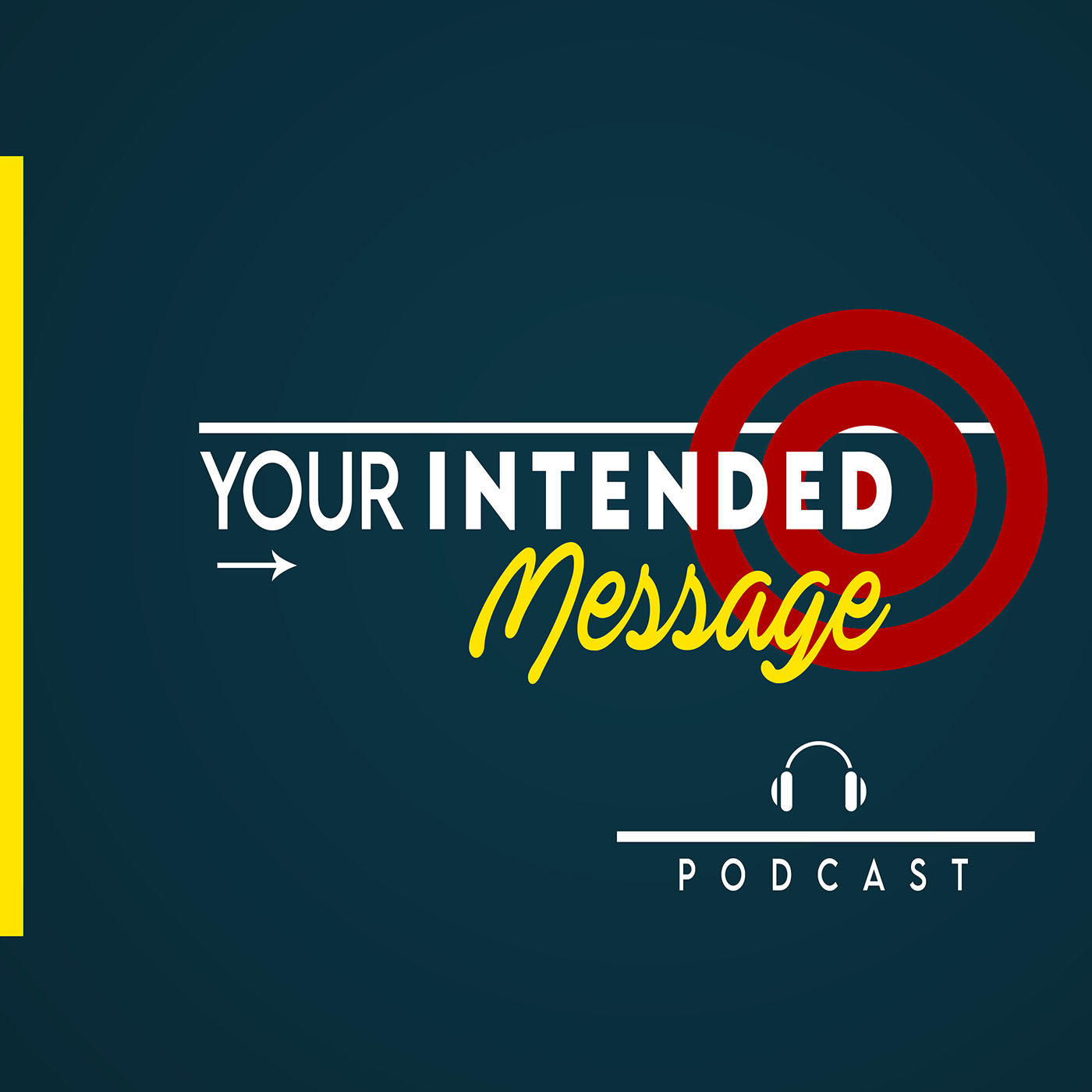
Episode 141 (Chris is based in The Netherlands)
In this conversation with Chris Fenning we explore:
About Chris Fenning:
Chris has written several books on business communication, including his latest, The First Minute.
Organizations that he teaches at include Google, Pepsi and NATO.
Chris has a goal to give away one million communication skills books to students around the world to help them prepare for careers in business.
Learn more about Chris Fenning, his products and services at his website:
Check out his book, The First Minute
https://www.chrisfenning.com/books/
-----
Excerpts from this conversation with Chris Fenning
-----
01:58
The first minute is a practical how to guide for how to be clear and concise when you start communicating verbally or written.
It's about planning and delivering that first minute of a corridor conversation, rather than meeting of an email, or chat or a meeting that you've got with your boss.
So how to structure that message so that you get to the point, make your intentions clear, which ties in nicely with your intended message, because it's all about making sure your intended message comes across clearly and concisely. And really make sense to the person or people that you're talking to.
-----
30:20
There's a summary of some of what I've said. and it's, it's this, never assume your team knows what you're talking about.
All the things we've talked about today about assuming people understand the context of the topic, or I thought my intention was clear, I didn't maybe not exactly say it, but it was obvious what I meant.
All of those things. Never assume the team knows, always start from the beginning of the story. And do that zoom out.
So never assume that they know the context. Never assume they know the intent, make it clear why saying it.
Here's the topic we're going to going to talk about, here's why I'm talking to you about it. You need to take action, you need to listen to this information and work out if it impacts you.
Those sorts of things should be explicitly stated. And that by itself will remove a lot of frustration in teams, particularly the conversations that end up having Well you never You never asked me to do it. Yes, I did. I told you about this situation.
Well, you guessed but you've never told me that back and forth. Get really explicit. Never assume. Always. state very clearly.
-----
----more----
Your host is George Torok
George is a specialist in executive communication skills. That includes conversation and presentation. He’s fascinated by way we communicate and influence behaviors. He delivers training and coaching programs to help leaders and promising professionals deliver the intended message for greater success.
Connect with George
www.SpeechCoachforExecutives.com
https://www.linkedin.com/in/georgetorokpresentations/
https://www.youtube.com/user/presentationskills
https://www.instagram.com/georgetorok/
For weekly tips to improve your presentations visit

 Servant Leadership in Business: Jim Hardwick
When You Serve First, Business Follows
How a Servant’s Heart Builds Trust, Teams
Servant Leadership in Business: Jim Hardwick
When You Serve First, Business Follows
How a Servant’s Heart Builds Trust, Teams
 12 Communication Lessons from David Copperfield
How David Copperfield Creates Belief
What a Master Illustionist Taught Me about
12 Communication Lessons from David Copperfield
How David Copperfield Creates Belief
What a Master Illustionist Taught Me about
 Listening vs Hearing, The Leadership Advantage: Julian Treasure
The Missing Leadership Skill: How to listen for Real Results
Listening for Opppo
Listening vs Hearing, The Leadership Advantage: Julian Treasure
The Missing Leadership Skill: How to listen for Real Results
Listening for Opppo
 From Rock Bottom to Millionaire: David Price
Communication, Recovery, and Massive Action
Massive Success Requires Massive Act
From Rock Bottom to Millionaire: David Price
Communication, Recovery, and Massive Action
Massive Success Requires Massive Act